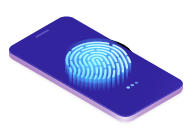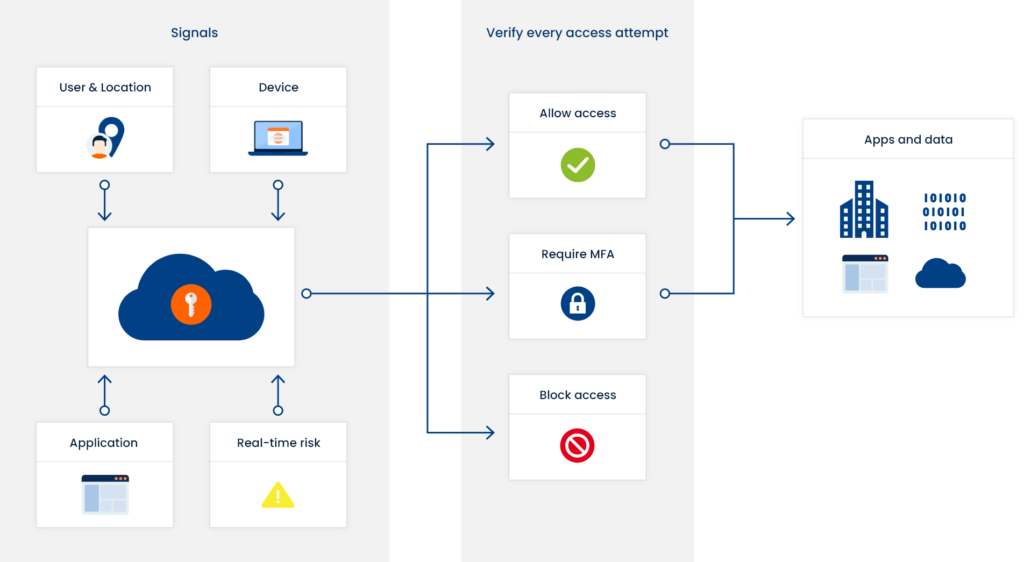
Multi-factor authentication (MFA) gives you assurance that users are who they say they are. It requires them to prove their identity by providing at least two pieces of evidence that must each come from a different category: something they know, something they have or something they are.
Prevent Data Breaches with MFA
Weak and default passwords or passwords stolen through phishing and other attack methods are still being used to execute successful fraud attacks and data breaches. Confirming the identities of your employees, partners and customers thwarts attackers, and it’s never been easier. With a modern MFA solution, you strengthen security without sacrificing user experience.
How MFA Works
Requiring another authentication factor in addition to a username and password is a common way to add multi-factor authentication. You can have the MFA service send a request for additional verification—like a mobile push notification or one-time passcode—based on policies you set or USB tokens or Fingerprint authentication or Face Authentication. Customer-facing organizations can even send push notifications to their custom mobile apps or use Fingerprint or Face Authentication techniques.

Single Sign On (SSO)
Single sign-on (SSO) is an authentication method that enables users to securely authenticate with multiple applications and websites by using just one set of Authentication credentials.
How does SSO work?
SSO works based upon a trust relationship set up between an application, known as the service provider, and an identity provider. This trust relationship is often based upon a certificate that is exchanged between the identity provider and the service provider. This certificate can be used to sign identity information that is being sent from the identity provider to the service provider so that the service provider knows it is coming from a trusted source. In SSO, this identity data takes the form of tokens which contain identifying bits of information about the user like a user’s email address or a username.
The login flow usually looks like this:
Surprisingly Fast and Easy Deployment
Improving security doesn’t have to be a headache. You can implement strong authentication in a matter of minutes. To make deployments easy, you’ll get out-of-the-box integrations OpenID Connect, OAuth 2.0 and SAML 2.0 as well as easy-to-use APIs. Also, self-service features for your end users and simple administration can make your MFA rollout effortless.

